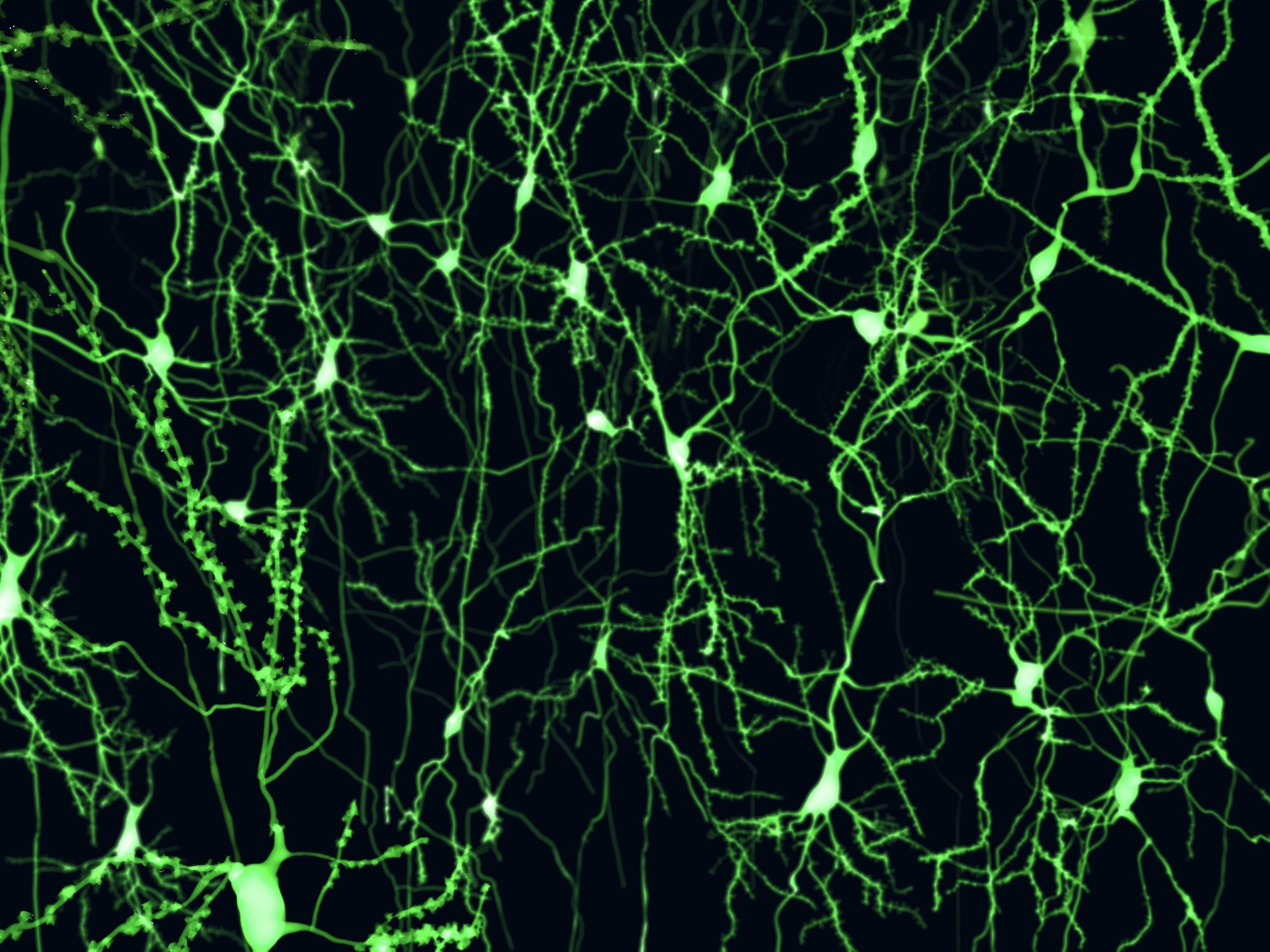Instability of Myelin Membranes May Be True Trigger of MS, Study Reports

In multiple sclerosis (MS), scientists have long believed that the body’s own immune system attacked myelin sheaths, the “insulating tape” that surrounds neurons, causing the disease. But researchers at Tel Aviv University are challenging that view, in a study reporting that MS may in fact be triggered by an instability inherent in the myelin membranes.
The study, “Structural Transition in Myelin Membrane as Initiator of Multiple Sclerosis,” was published in the Journal of the American Chemical Society (JACS).
“We found that small modifications in the myelin sheaths create structural instabilities that may help the immune system to enter and attack neurons,” Roy Beck, the study’s principal investigator, and a professor at the university’s School of Physics and Astronomy and the Sagol School of Neurosciences, said in a news release. “Current therapeutic approaches have focused on the autoimmune response without identifying a clear mechanism. Our research suggests a new avenue for multiple sclerosis therapies and diagnostics.”
Myelin sheaths are a multilamellar complex of lipids and proteins that surround axons, acting as an insulating layer for proper nerve impulse conduction. The sheaths nurture and electrically isolate the axon, speeding up the conduction of information. In MS, these myelin sheaths break down and are misidentified by the immune system as hostile foreign entities.
Researchers identified the exact alterations on myelin sheaths that lead to structural instabilities and, subsequently, to autoimmune attacks.
“After years of research, we were amazed to discover that a possible trigger for the outbreak of the disease could be found in the membrane’s physical structure,” said Beck.
In myelin sheaths, the membranes become compact due to electrostatic interactions between the negatively charged lipids and positively charged myelin basic protein (MBP). Lipids are the main building blocks of the myelin sheaths, and their shape impacts the resulting self-assembled membrane structure, Beck noted.
“If the basic building blocks are straight, the membrane will be flat, which is the preferred structure for a neuron’s ‘insulating tape,'” he said. “However, if they exhibit a more cone-like shape, the membrane will tend to form closed, round cylinders. These produce spontaneous holes in the surface of the sheath, rendering it vulnerable to attack.”
The researchers investigated the structural implication of lipids and MBP modifications using X-ray light. The aim was to examine the governing interactions between the lipids and MBP, and for this purpose, they looked at numerous membrane model systems that mimicked those of healthy and diseased animal models. Researchers also used electron microscopy to assess the different structures of both natural and model myelin sheath membranes.
“These results are relevant to MS etiology and targeted diagnostics and demonstrate the critical importance of lipid metabolism and synthesis for the cytoplasmic myelin leaflet. Furthermore, manipulating the lipid composition and MBP content may prevent demyelination and exposure of the cytoplasmic entities to attacks by the immune system,” the researchers wrote.
“The next step is to find a way to reverse the disease progression and find new techniques for early detection,” Beck concluded.






